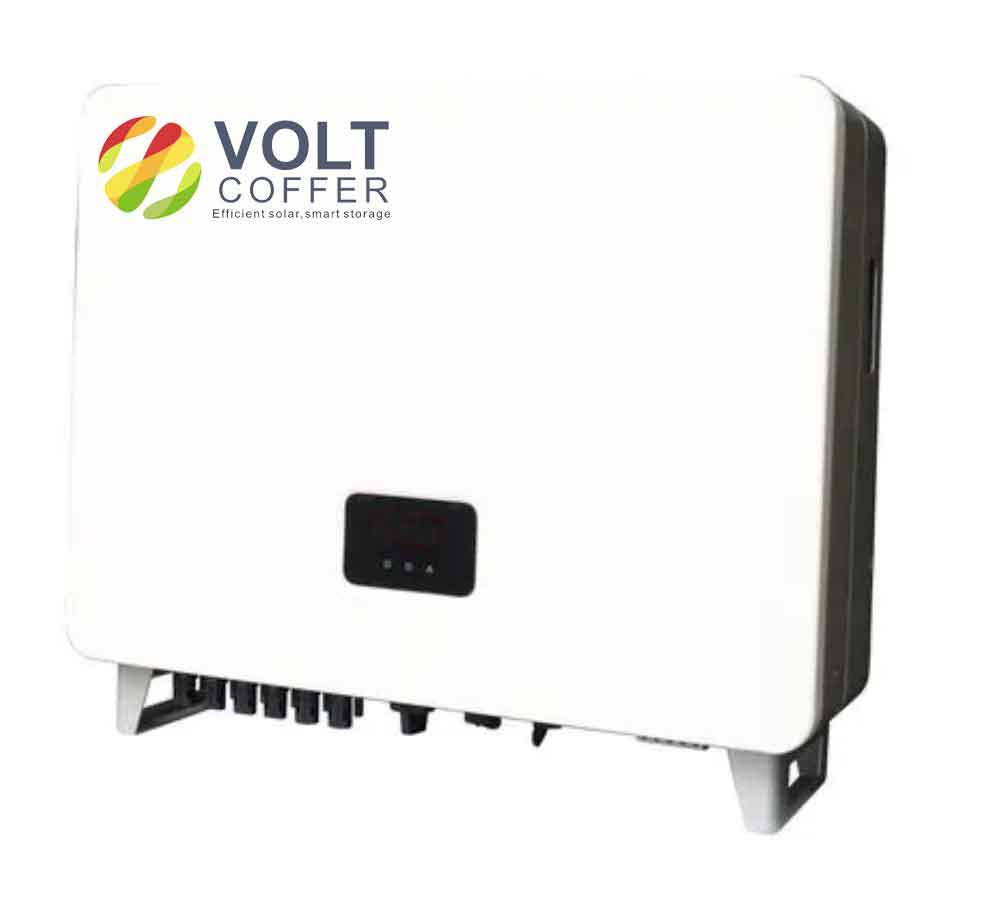Advanced islanding inverter techniques in solar energy systems play a crucial role in enhancing grid stability. These techniques not only safely manage the transition between grid-tied and island modes but also contribute actively to grid management. Here’s an overview of how advanced islanding techniques can benefit grid stability:

1. Seamless Transition Between Grid-Tied and Island Operations
- Advanced islanding inverter can detect grid outages instantly and switch to island mode without interruption, ensuring continuous power supply. This feature is critical for critical infrastructure and buildings that require uninterrupted power supply (UPS).
2. Voltage and Frequency Regulation
- In grid-tied mode, smart inverter can help stabilize the grid by adjusting the voltage and frequency of the electricity they generate. This is especially important in systems with high levels of renewable penetration, where fluctuations in power generation can destabilize the grid.
3. Reactive Power Control
- Advanced inverters can provide or absorb reactive power as needed. By managing reactive power, these islanding inverter help maintain the voltage levels within the grid, thus enhancing the overall stability and efficiency of the power system.
4. Peak Shaving and Load Leveling
- During peak demand times, islanding islanding inverter can reduce the load on the grid by switching to island mode and using stored solar energy system. Conversely, during off-peak times, they can store excess energy in batteries. This load leveling contributes to a more stable and efficient grid.
5. Black Start Capability
- Some advanced islanding inverter is equipped with a black start capability, which allows them to help restart the grid in the event of a blackout. This is a critical feature in restoring power in areas affected by large-scale power outages.
6. Participation in Demand Response Programs
- Islanding inverter can be programmed to reduce output or to switch to using stored energy during periods of high demand on the grid, under demand response contracts with utilities. This flexibility helps balance the grid and can prevent overloads and failures.
7. Enhanced Cybersecurity Features
- With the increasing integration of smart islanding inverter into the grid, cybersecurity becomes crucial. Advanced islanding inverter include secure communication protocols to protect against unauthorized access and cyber threats, ensuring the stability and reliability of grid operations.
8. Integration with Microgrids and Distributed Energy Resources (DER)
- Advanced islanding inverter can seamlessly integrate with microgrids and other DERs, enabling more localized and efficient energy distribution and further enhancing grid stability through diversified energy sources.
Conclusion
The integration of advanced islanding inverter techniques into solar energy system offers significant benefits for grid stability. By facilitating effective management of energy flows, providing essential grid services, and ensuring continuous operation during outages, these islanding inverter play a pivotal role in transitioning towards a more resilient and sustainable power infrastructure. As solar penetration increases, the role of these advanced islanding inverter will become increasingly critical in managing the complexities of modern electric grids.
